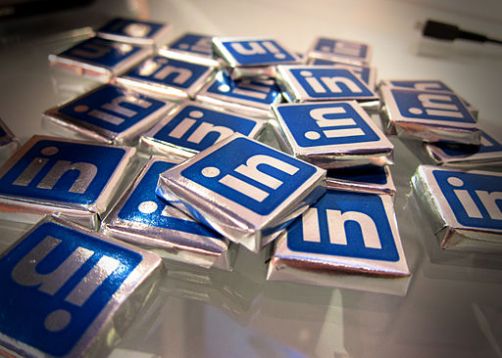Dear Mr. Kejriwal,
I write to you at a very bad time for you and your party but I write to you because now is the time you need to hear this. As the joke goes around, a Taxi has more seats than your party. Never mind my crass humor, you'd be happy to know that I'm neither a BJP or Congress supporter, I'm actually a skeptic. As the masses who didn't support you, ridicule you and your supporters pour tributes and judge this country for not voting for you, I feel what you need to hear, is an honest neutral opinion.
I felt immense joy when you changed the face of Indian politics to organize a cleanly funded political movement which had such brilliant grass routes participation. Even at my office in Hyderabad, I know more than a handful people who made calls every weekend to campaign for you and some even traveled to Delhi to canvas on the ground. The way you mobilized the educated masses in a dirty field like politics was simply astounding. They believed in you not only because you were an anti-corruption crusader with a clean record but also because you spoke of a new model, 'ek nayi rajneeti'. You believed in grass-routes accountability.
I clapped and fist-pumped the day you won because I always root for the underdog. But from then on, I have simply cringed as I've seen every move by your party. Let me tell you why.
We're a country of perception. If my country is guilty of blindly buying into Mr. Modi as a solution to every economic problem in this country, it is also guilty of having blindly bought into you as a solution to every corruption problem in this country.
Mr. Kejriwal, if people like me think of corruption and try to be a little rational, we'll find that unlike what we think - that corruption is a flaw in someone's character or is somebody's personal choice, it is actually more an economic problem, one of scarcity power and of supply and demand.
Scarcity power because our systems, our processes today aren't transparent and people in a position of power have a scarce but valuable resource, public money. This lack of transparency makes the monetization possible. There is no way for people to know which companies tendered for which contract at what rate and which companies are owned by relatives of which politician.
The other problem is your day to day citizen who encourages corruption. I know educated citizens who will support your anti-corruption stand and speak for your party but will pay a thousand bucks to avoid a 3-hour line at the RTO or speed-up the permission file when their procession/party still doesn't have permissions. Our existing processes of public-government interaction are inconvenient in their current form and incompetent to handle our growing population. People like me with resources are more than willing to pay a premium to save our time. The question is why do we need to in the first place?
I like to put my faith in technology. We live in the information age. It is possible to build scalable technical infrastructure which when brought into public machinery brings transparency to processes and makes data available easily. Why aren't tenders being requested online and the details of the companies submitting them provided? Why can't I submit a complaint in my area with photographs on government portals and track the request and days to resolution? Why can't I submit all my applications online rather than standing in line for 3 hours?
Clean candidates matter. They are the people who will drive this change. But what will endure is this new approach, this new model. You talk of swaraj and responsible grassroutes involvement. You need to start experimenting with these ideals and come-up with replicable and scalable models which this country needs, which this country can see and which this country will ask for.
Sure, your first junta durbar failed. It was ill conceived but you'll find many more ill-conceived ideas and unforeseen challenges. What you need to spend time on is trying to perfect this model in a single constituency, in a single area and make an example which this country so desperately needs. Don't go selling a prototype to the market. You're still very much in beta.
Trying to fight the Lok Sabha elections only did you harm as you set to meet an aggressive schedule of promises that nobody asked you to deliver and you rolled out headline after headline of unsustainably met promises. Delhi never asked this of you. All they wanted was 5 years of good governance. You had a chance to make a new ideology work. You had a chance to utilize the youth behind you in creating the infrastructure I mentioned. You had a chance to create a new brand of governance.
Unfortunately, ambition and scale got the better of you.
When you won, they called your party the fastest growing start-up by an IIT-ian. You see Mr. Kejriwal, start-ups fail now and again but what they are advised to do is to fail fast. I see that you've done just that. Now is the time to hustle. 4 Lok Sabha constituencies and whatever the people of Delhi are kind enough to give you back - that's a lot to start with. So make it matter.
It's going to take time and you'll have to be patient. Ask the guy who took twelve years to shed the image of a mass murderer to become this country's 15th Prime Minister. God speed my friend.





